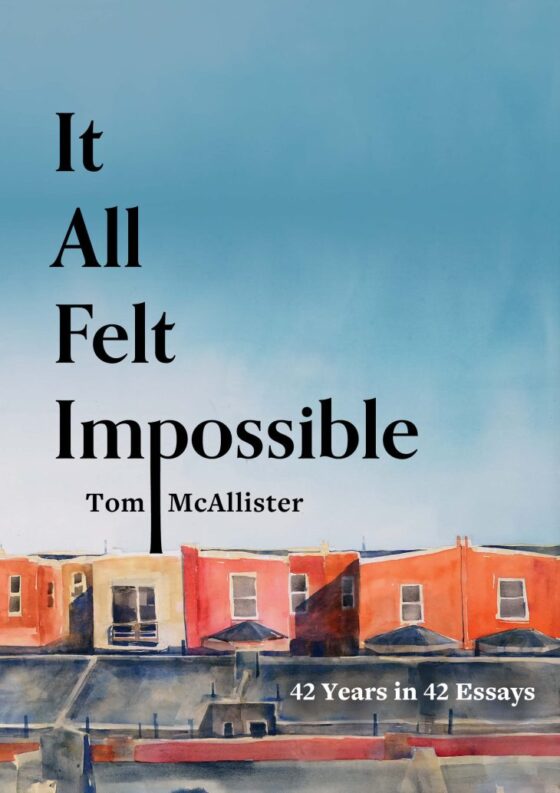It’s that time of year where we’re all craving a good scary story, be it told by candle light, on a screen, or in a book. Neil Gaiman’s middle-reader graphic novel Hansel and Gretel came out on Tuesday of this week, and he recently spoke to TOON Books editor Françoise Mouly and Art Speigelman about it. The full video interview is up at GalleyCat, and here is Gaiman’s explanation of why scary stories are important for us, even at a young age:
I think if you are protected from dark things, then you have no protection of, knowledge of, or understanding of dark things when they show up… For me, the thing that is so big and so important about the darkness is it’s like an inoculation. You know? You are giving someone darkness in a form—it’s not overwhelming, it’s understandable, they can envelop it, they can take it into themselves, they can cope with it. And, it’s okay, it’s safe to tell you that story as long as you tell them that you can be smart and you can be brave and you can be tricky and you can be plucky and you can keep going.
In the interest of providing some “inoculations” to darkness, below we offer a list of some of the darker works of short literary fiction out there to fill your Halloween weekend.
1) “The Darling” by Scott Bradfield
In Greetings from Earth (1993) and The Vintage Book of Contemporary Short Stories, edited by Tobias Wolff
Ever wondered how childhood sexual abuse might manifest itself into a full-on serial killer? Spend a few pages with Bradfield’s Dorothy Starr and you’ll know.
2) “The Fall-River Axe Murders” by Angela Carter
In Black Venus (1985) or Burning Your Boats: The Collected Short Stories (1997)
While Carter was the master of many things, many of her stories offer fly-on-the-wall insights into bloody crimes and tales that we only thought we knew. In this story, Carter unravels and humanizes the axe-wielding murderess Lizzie Borden of the popular nursery rhyme with chilling precision.
3) “The Bees” or “Big Me” or “Prosthesis” or really anything by Dan Chaon
In Stay Awake (2012)
Nobody does creepy undercurrents of shameful Midwestern silences quite like Dan Chaon. You will be hard-pressed to forget Frankie from “The Bees” (the opening of which McSweeney’s has online).
4) “Window” by Deborah Eisenberg
In Twilight of the Superheroes (2006)
Speaking of creepy kids, how would you handle running into this little guy? “The small form hovers in the shifting darkness. It holds out its arms to be picked up. The blank dark pools of its eye sockets face her.” This “it” is Noah, and he’s not even the real monster in this story.
5) “Two Brothers” by Brian Evenson
In Evenson’s collection Contagion and Other Stories (2011) or The Anchor Book of New American Short Stories (2007)
This one is almost too trippy too describe—something like the decomposition of a broken family in a stale house beyond help or hope—well, actually quite literally that.
6) “The Other Place” by Mary Gaitskill
In the New Yorker (2011) or read and discussed by Jennifer Egan and Deborah Treisman on the the New Yorker’s fiction podcast
There is the place where women exist as whole, full people, and then there is “the other place,” where they exist to be controlled, hurt, murdered. This story is a fascinating/horrifying examination of a father and son who share an obsession with the latter.
7) “The Paperhanger” by William Gay
In I Hate to See That Evening Sun Go Down (2003) or The Anchor Book of New American Short Stories (2004)
A child disappears and Gay takes us through assumptions that seem true and false and back again. This one hurts.
8) “Stone Animals” by Kelly Link
In Magic for Beginners (2005) and Best American Short Stories 2005
Link is the queen of weird and there’s no end to it in this story where a family of four leaves the big city for a house in the ‘burbs that teases the psyches of them all.
9) “In the Warehouse” by Joyce Carol Oates
In Where Are You Going, Where Have You Been: Selected Early Stories (1994) and Single Scene Short Stories (2007)
Remember how mean young girls can be to one another? Oates remembers for us in this one, and it’s not pretty.
10) “The Erlking” by Sarah Shun-lien Bynum
In the New Yorker (2010) and My Mother She Killed Me, My Father He Ate Me (2010)
Shun-lien Bynum retells this German fairy tale of the “King of the Faeries” as a mother and her young daughter navigate a posh school fair under the watchful eyes of a caped man on the outskirts.




